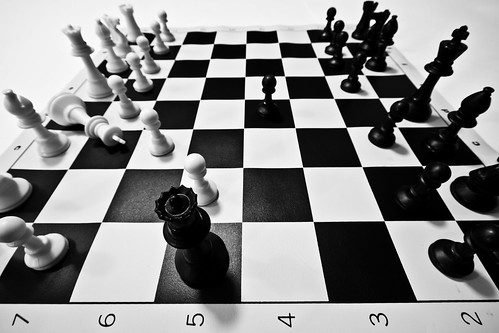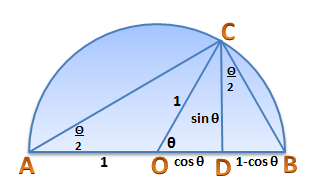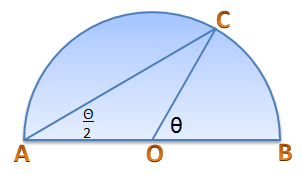Proof of the Sum of Square Numbers
In the first part of this series, we have counted the number of squares on a chessboard, and we have discovered that it is equal to the sum of the squares of the first 8 positive integers. The numbers ,
,
and so on are called square numbers.
This method can be generalized to compute for the number of squares on larger square boards. If the measure of a board is , then the number of squares on it is » Read more



